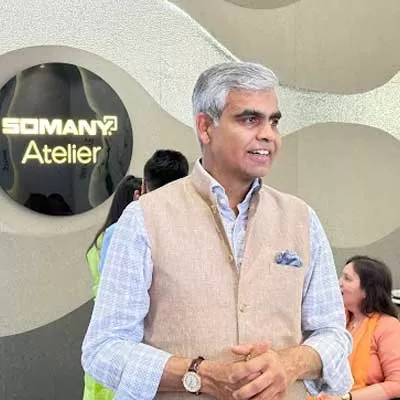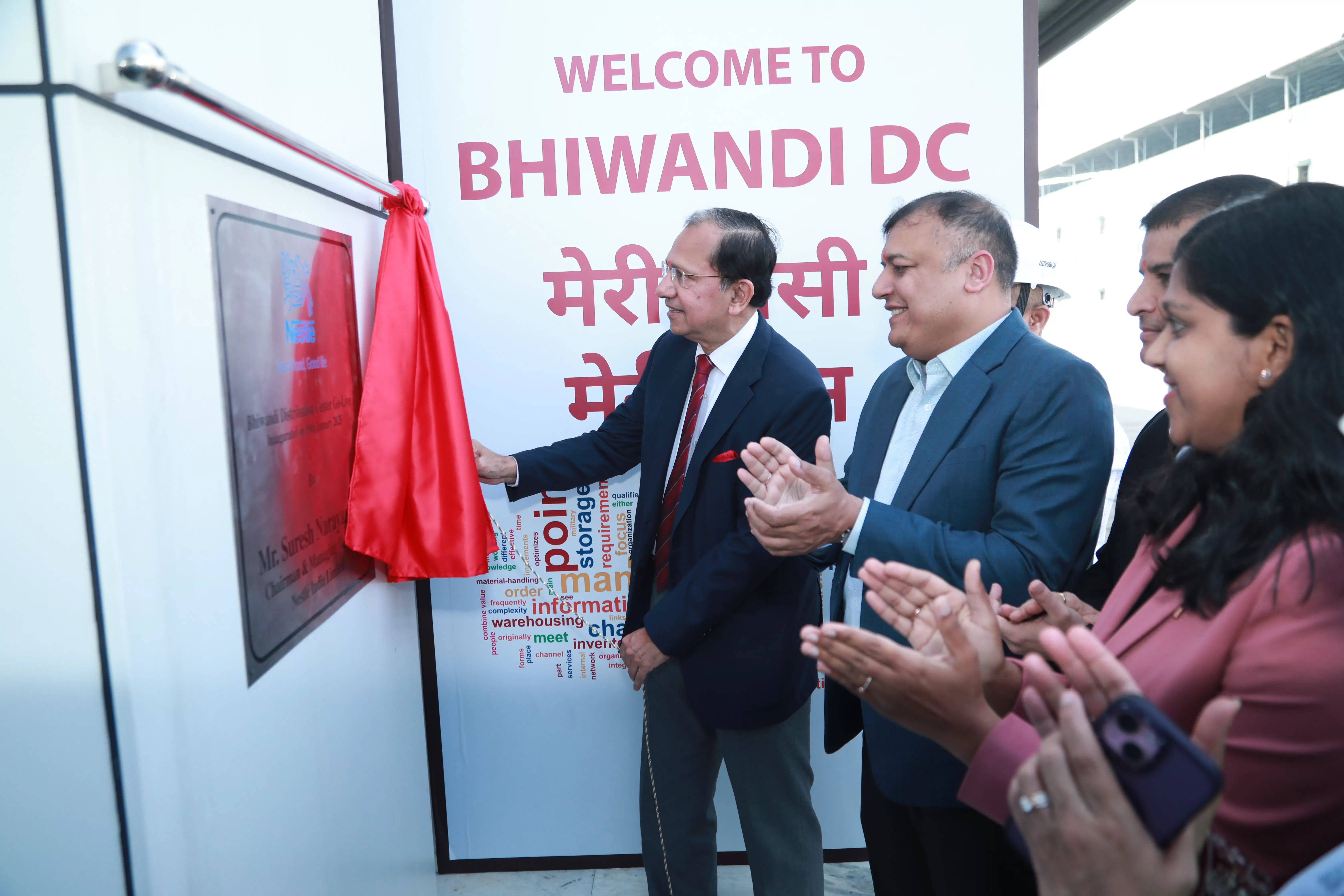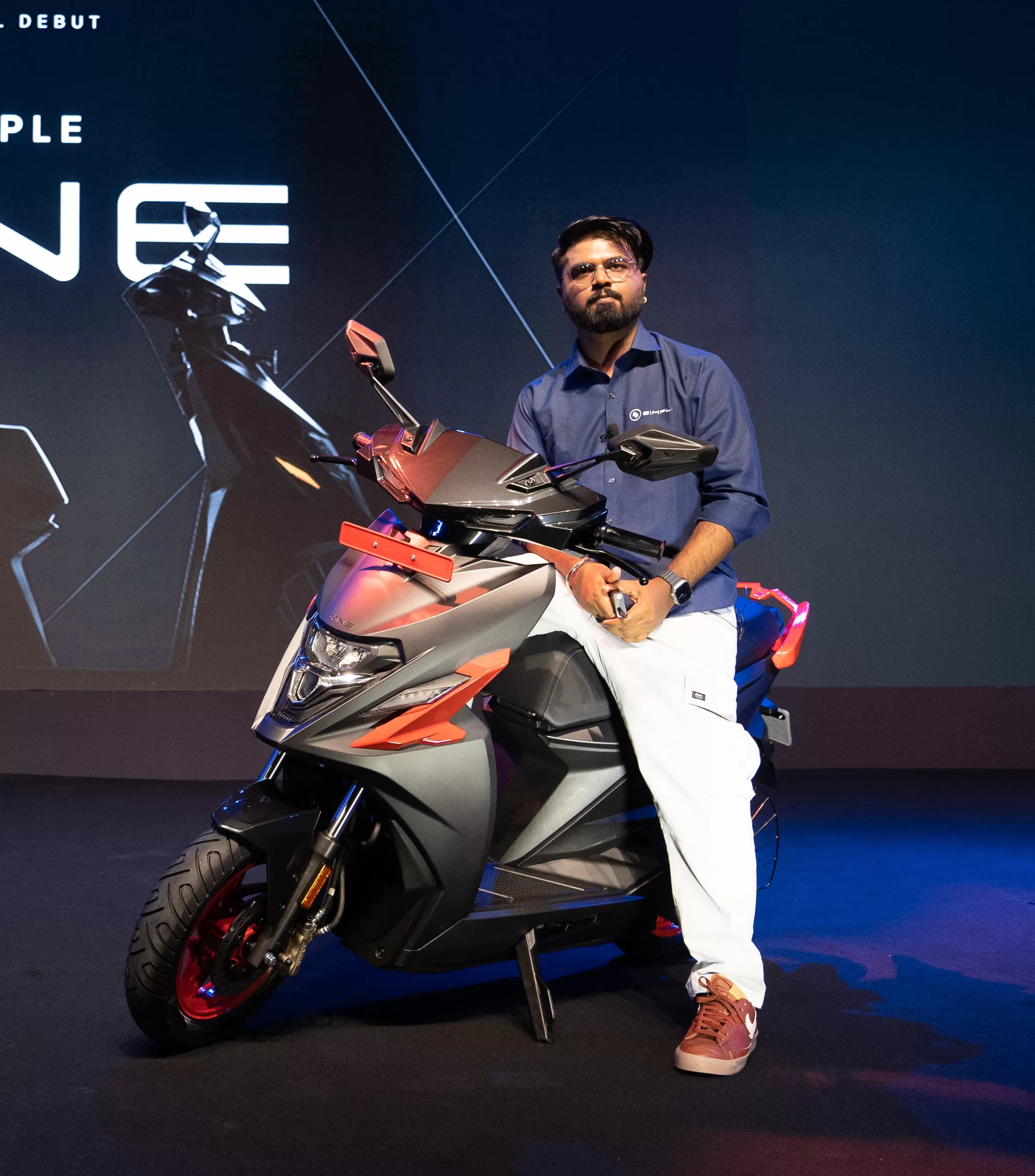Workplaces for a resurgent and young India will need to be designed to keep employee comfort, well-being, energy efficiency and connectivity in mind, says
HARSHAVARDHAN CHITALE.
The workplace has changed beyond recognition in the past 100 years - from the task-oriented autonomous desk working of the 20th century to the flexible collaborative working practices we embrace in the 21st.
The impact of economic, social and environmental factors, plus increased awareness of employee well-being, has driven the need for new kinds of working environments. This has led to new thinking from investors, developers, designers and building owners in terms of what spaces they need to create for the future.
As India´s business landscape matures, expectations of a new generation of employees from their workplaces have increased and we also see employers adopting new technologies that allow them to harness the best from their teams and, in turn, boost their engagement and productivity. These developments have led to the emergence of smart and connected offices, where the Internet of Things (IoT) drives new ways to collaborate, innovate and socialise.
Plug and play
Hence, it is not surprising that in today´s fast-changing business environment, new ideas such as connected lighting are being implemented in workspaces that facilitate a culture of innovation based on collaboration. Recognising the importance of this approach, enterprises like Intel are leading the way in using connected LED lighting systems that can deliver these benefits and create smart, secure, and interactive offices of the future. For example, the staff at Intel´s new upcoming Bengaluru research campus will soon use their smart phones to control aspects of their work environment, such as lighting and air-conditioning, thanks to IoT technology from Philips Lighting and Cisco.
Meanwhile, sensors embedded in LED lighting fixtures - that are themselves connected and powered by the office IT network - enable lighting systems to become pathways for information, delivering updates on everything - from room occupancy to temperature and humidity. In the case of Intel, 10,000 connected LED luminaries are being installed throughout the state-of-the-art facility, 5,000 of which are equipped with sensors and are powered over an Ethernet network.
Smart and connected offices also focus on employee well-being and comfort, which can be achieved through better-lit environments that include daylight, and are also proven to have a positive effect on employee erformance. Progressive companies now recognise that their employee´s health and happiness is much more than a ´nice to have´. Embracing the needs of each person as an individual is crucial to helping them achieve their best. Research reveals that different age groups prefer different kinds of light. Therefore, offering employees the ability to personalise the lighting in their immediate work area can have a profound effect on well-being and effectiveness.
Applications of light continue to grow, redefining the role of light, and also the way employees can optimise and interact with their workplace. In the near future, we will see LED lighting integrated into different surfaces, for example, carpets that can be used to help staff and visitors navigate offices, display directions and safety messages, or live information and updates via the Internet. We are already beginning to see light-points acting as ´in-premise´ GPS to provide location-based services inside a building or a mall, and then provide contextual personalised information to that individual. In the office setting, this could mean helping staff members find the availability of nearby meeting rooms, and thereby helping them improve productivity.
Green sheen
With a profit orientation, organisations are also focusing on building energy-efficient green offices, enabling optimal use of available resources. Connected LED lighting allows building managers to monitor and analyse building usage data in real-time, enabling them to identify efficiencies and control other facilities such as air-conditioning, heating and meeting room availability. This can drive down energy consumption by up to 80 per cent compared to conventional lighting, allowing businesses to slash their carbon footprint and drastically reduce their running costs. Interestingly, while India will have the youngest employable population in the world by 2020 with the average age of 29, it is predicted that as flexibility and ease of work goes up, the average retirement age will also increase, resulting in a workforce that is multi-generational and more diverse than ever before. Thus, workplaces for a resurgent and young India will need to be designed to keep employee comfort, well-being, energy-efficiency and connectivity in mind.
It is very heartening to see that many progressive organisations are already recognising these different needs of their diverse employees and taking innovative steps to address them.
By implementing technologies that save energy, reduce costs and create a more dynamic and engaging working environment, the power is in our hands to connect to a smarter, brighter, more productive future.
About the author:
Harshavardhan Chitale, Vice Chairman and Managing Director, Philips Lighting India, is responsible for driving and building the company´s business in the Indian subcontinent. He is a BTech from IIT-Delhi.

















